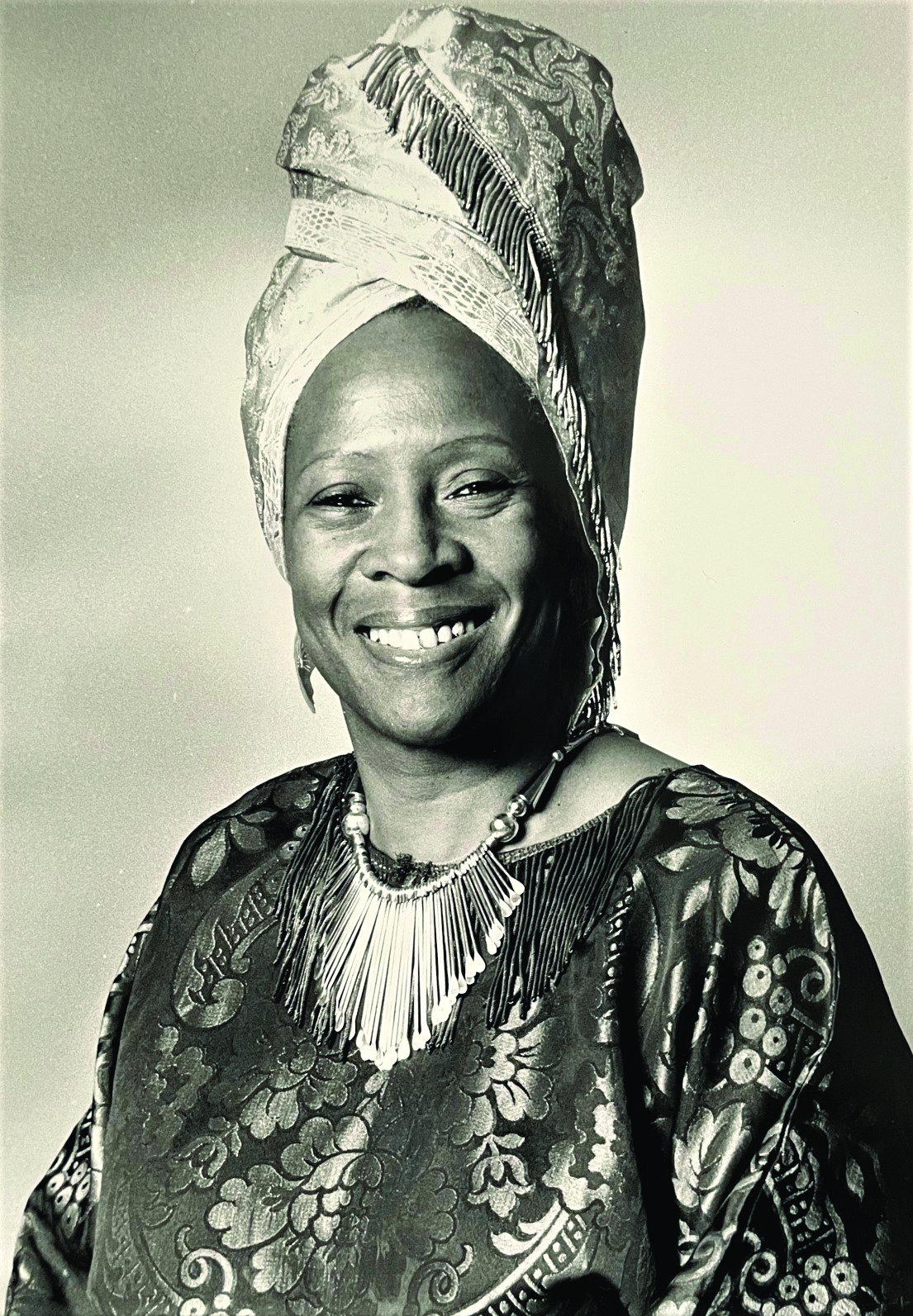

Wilhelmina Banks
When Wilhelmina Banks was a child, she told her teacher she wanted to open a museum when she grew up.
“When I was a child, the teacher went around the room and asked each one of us what we would like to do when we grew up. When it came my turn I said, ‘I want to open a museum.’ And all the other children turned around at once and said ‘A museum. What’s a museum?’ You see I wanted to educate people about Africa, educate children about the rich art and culture of Africa,” she says.
Banks spent a great deal of her adult life in Brooklyn, New York. In the ‘90s when she returned to her hometown, Bristol, Virginia, she fulfilled her childhood dream. She opened the Nyumba Ya Tausi-Peacock Museum in her family home. Built in 1896, it contains a remarkable collection of over 6,000 pieces of African and African-American art, Bristol collectibles (including those from African-American doctors and herbal remedies), instruments of slavery, family heirlooms and other memorabilia, collected and preserved over a period of 50 years. This museum, created and maintained by Banks, is a resource to many in this region, from Elizabethton, Tennessee, to Roanoke and Honaker, Virginia. She created her museum with no staff, no underwriters and no corporate funding.
Banks utilizes her inner educator to bring Kwanzaa to the citizens of Bristol. Understanding the principles of Kwanzaa is key to realizing how she has contributed to Bristol. Her life is guided by Kwanzaa principles of unity, self-determination, collective work and responsibility, purpose, creativity and faith.
She brought the slave’s experience of the Underground Railroad to life in 2008 with a quilt exhibit at the YWCA, with her storytelling at the Bristol Historical Society and with the Beaver Creek Storytellers. Her historical stories of the local railroad bring to life the experiences of African-American workers, who performed the most dangerous jobs. To provide youth of the present and future with the seldom heard perspective of Bristol’s history, preserving and understanding the Black experience is essential. To this end, Banks also helped the Board of the Citizens’ Cemetery achieve its Historical Landmark sign. She held workshops in Black History in her ministry to women at the Honaker Correctional Facility and to the youth at the Jacobs Creek Job Corps.
“The way to change a community is to start with the young ones. Give them something constructive to do, give them direction and purpose and patience. Don’t let them run wild or just sit in front of their electronic devices. Start working with them when they are small, and they will grow and blossom into a responsible community member. That’s what I did here.
“When I first moved back here, one could be frightened to walk around at night, but now it’s transformed. Sometimes young adults come up and introduce themselves to me, saying ‘I was one of those children you spent time working with and teaching.’
“I’m not 16 anymore, I’m not a spring chicken. It’s time for me to rest on my laurels a bit. I can lay my head down on my pillow at night knowing I have worked hard; I have done my part. People want to hear the stories about the times I was arrested (advocating for equal rights). The work is not done, but I have done my part,” she says.
For years, she marched with others in the annual Martin Luther King Jr. parade and still supports that effort. Mixing history, education and her quest for justice, Banks led the effort to rename two streets for a man whose message was equality and peaceful change. Using the principles of unity, purpose and justice through peaceful resolution, Martin Luther King Jr. Boulevard is the only street that has the same name on both sides of the state line.
Bank’s research also brought about the creation of the Frederick Douglass School historical plaque, the school which she graduated from in 1949.
Banks was born across from Thomas Jefferson Elementary School, which she was not allowed to attend due to segregation, two blocks from Virginia Intermont College, which she was not allowed to attend due to segregation. Instead, she attended Frederick Douglass School, the only school for black children in Bristol, Virginia, and the surrounding region until integration in 1965.
“She has been the keeper of Bristol’s stories through the eyes of a native citizen, of the uncomfortable changes we have grown through. She educated hundreds, perhaps thousands of school children and citizens, at no cost to them. She is one of Bristol’s most steadfast supporters of the arts and education,” says Val Lyle, artist.
Banks’ museum is located at 412 Clinton Avenue, Bristol, Virginia.